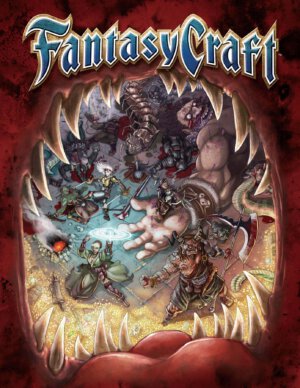
Publisher: Crafty Games
Authors: Alex Flagg, Scott Gearin, and Patrick Kapera
Year: Second Printing, 2010
Players: Two or more
Ages: 12+
Pages: 400 Pages, Hardcover
Genre: Classic high fantasy roleplaying game
MSRP: $49.99 for the hardcover or $19.95 in PDF at DriveThruRPG
Our trip to this year’s Gen Con exposed Elliott and I to many roleplaying games we weren’t familiar with before the convention. Of course we saw many titles and systems that didn’t do anything to float our boats but there were a handful that peaked our interest and made us want to dig a bit deeper into these releases.
Fantasy Craft was one of those titles.
Fantasy Craft is essentially a “high fantasy” cousin to the Spycraft roleplaying game system originally published by our friends over at AEG. Following the discontinuation of the Spycraft line in 2005, Patrick Kapera and Alex Flagg joined forces and launched Crafty Games. One of Crafty’s flagship titles is Fantasy Craft, thus the RPG’s name obviously. The rules make liberal use of the Open Gaming License, mainly drawn from the 3rd and 3.5 editions of Dungeons & Dragons, and utilize much of what is known as the D20 system as its framework. For the most part, hardcore role players have experienced the D20 system – or some variation – at some point over the years so using this as the basis for Fantasy Craft certainly makes sense. Normally players of Dungeons & Dragons find their adventuring tied to officially released materials and settings as this provides comfort for many gamers as they can play with different GMs and know that there are globally accepted concepts: spells, monsters, abilities all perform uniformly. This approach also restricts what you can do within the D&D system to a certain degree.
Dungeons & Dragons, as we now know it, really isn’t a sandbox environment. This is where a game system like Fantasy Craft comes into play.
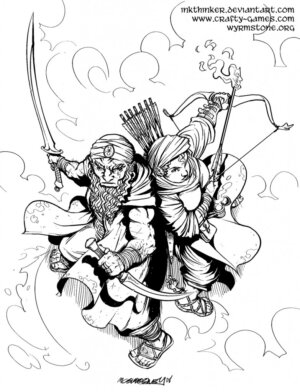
Character classes are dealt with in an interesting manner as each of the base classes (Assassin, Courtier, Soldier, and so forth) receives a Specialty which details more of your background and how your character approaches their class. For example, are you a bloodthirty assassin ready to snuff out a target if the price is right or are you a fantasy world version of Frank Castle punishing wrong doers? There are lots of ways to create a character in which no two of the same class are alike. Once you’re finished creating your character, you’ll feel as if you’ve put together an adventurer that has a life of their own!
In order to keep this review from reaching novella length, I’ll mention that the mechanics of the Fantasy Craft system are solid and much is made of adding or subtracting rules that will best fit into how you like to play or run your games. There’s plenty here to make your vision as tactically heavy or story driven as you’d like. If you’re overly concerned with how characters can grapple each other to the ground knock yourself out; the rules are here at your disposal. On the other hand, if you aren’t concerned with that level of detail, you can ignore those rules completely.
Two items I will point out that I found of interest are the armor rules and health/healing. One thing I’ve never understood about D&D, as well as many other roleplaying systems, is the concept that depending what sort of armor your character might be wearing determines how difficult they are to hit in combat. Landing a hit and scoring damage are tied together with the Armor Class mechanic. In reality, someone in a leather jerkin would actually be harder to strike than someone weighted down in full mail or plate armor due to maneuverability and greater range of vision. Dealing damage would be a different story altogether though. Fantasy Craft get this right as characters will have resistance to various types of damage according to their armor and also have a separate Defense score indicating the difficulty or ease in which they could be struck.
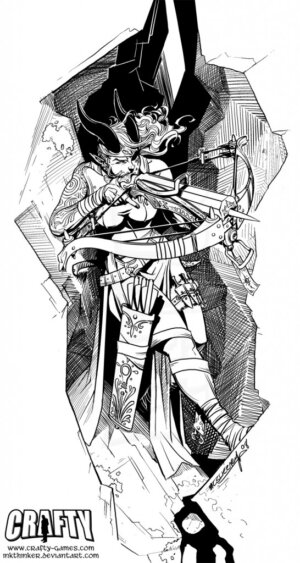
At 400 pages, Fantasy Craft is loaded with tons of info in which to hone your roleplaying setting to your own personal preference. There are chapters for building your own unique world and setting, crafting monsters and NPCs, spells and spellcraft, and so on. Any role player would be hard pressed to find any important aspect of a full-fledged RPG system missing within the pages of this rulebook while everything needed by players and GMs is contained right at your fingertips.
Finally, I’ll point out that Fantasy Craft isn’t just an interesting alternative to more well-known fantasy RPGs but is also a fun and thought provoking read. Throughout the book, the authors aren’t telling you how you have to create your world but challenging you to ask yourself questions about the kind of game you’d like to play or run. There’s also an underlying sense of fun that runs throughout the rulebook beginning with the artwork and ending with the overall sense of encouraging the reader to run wild with the concepts contained with.
All in all, Fantasy Craft might not be ground breaking, as it is based on the Open Gaming License, but there are plenty of nuggets that can be mined by those who are set in their role playing systems. I may not also jump to recommend this system to fledgling GMs as it might be too open-ended for someone who needs to have a strict layout and a multitude of published adventures to draw from. Yet for those looking for a breath of fresh air in an overly crowded (and seemingly neverending) realm of fantasy based OGL systems Fantasy Craft is highly recommended.
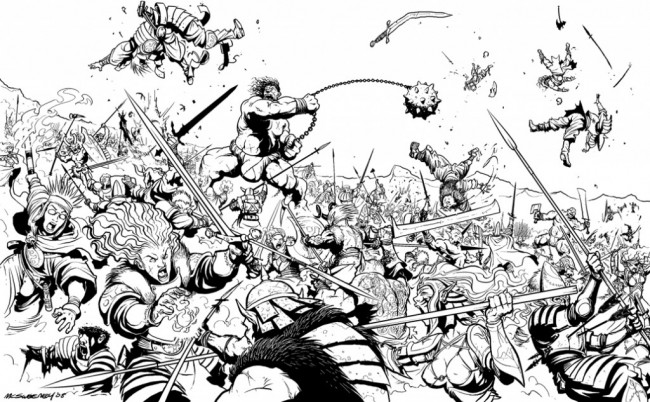




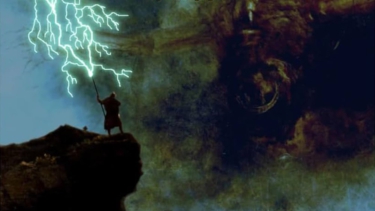
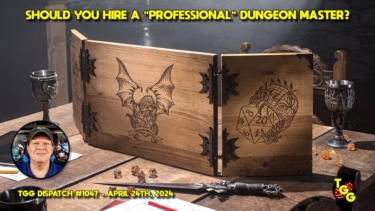

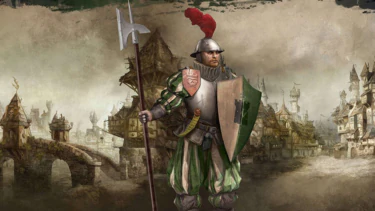


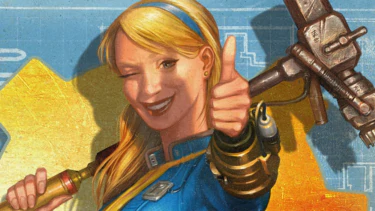
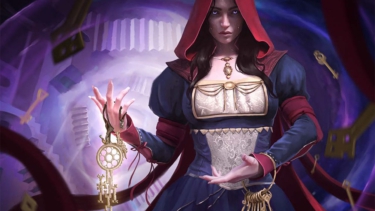
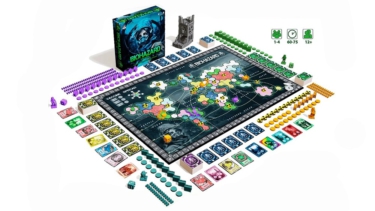
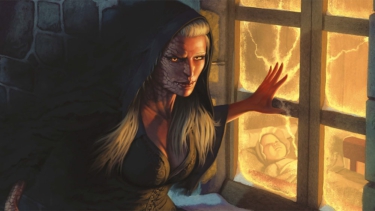
1 Comment
There’s an ongoing dialogue between the desire for a playable novel and a desire to write it all out together. So far, I find the weekly games I participate in with friends and fellow gamers tend to fall into the first category. As a common denominator, we’re looking to get to play through heroic actions within a set of commonly held rules, with the net result being a good episode along a railroad. We can all take pleasure in the moment of gutting the kobold, and relax, knowing that more kobolds are around the corner, and that if we kill/imprison their dragon leader, the “threat” we’re countering will be dispelled. Like popcorn, the game is fun, tasty, and easily let go of.
I’m attracted to Fantasy Craft as you describe it for its skill in drawing the gamer, question by question, into the sandbox, the second category. Although we don’t seem to do it much yet, I long to write the novel together, with everything on the table, from gravity to the color of the rain. Sounds like another game I’ll just have to buy. Thanks!